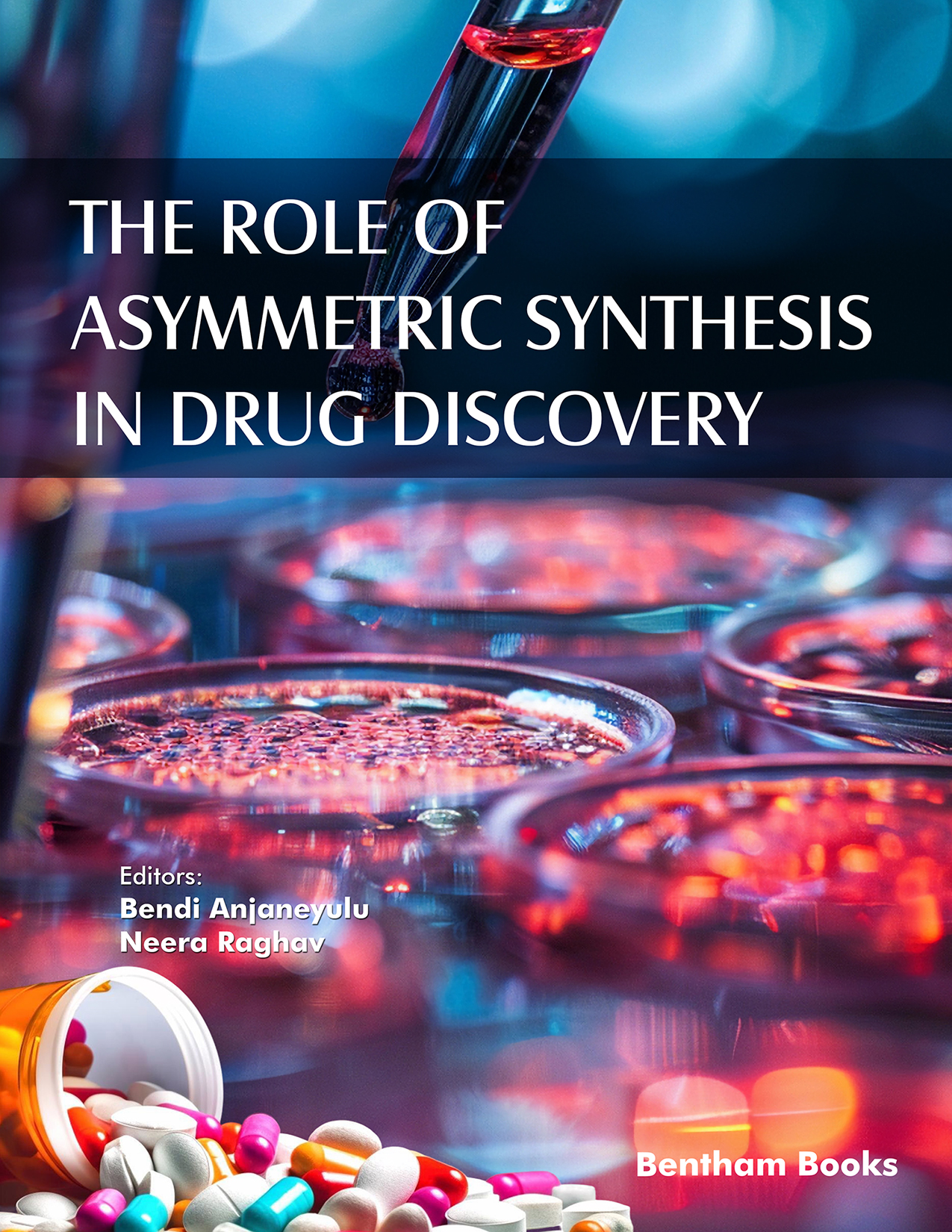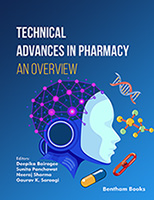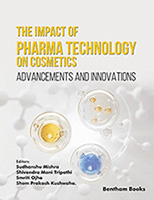Introduction
The Role of Asymmetric Synthesis in Drug Discovery presents a comprehensive overview of how enantioselective synthesis drives the development of safer, more effective therapeutics. Because the 3D arrangement of atoms profoundly affects a drug’s activity, efficacy, and safety, asymmetric synthesis enables the precise production of single enantiomers—minimizing side effects and maximizing therapeutic performance. In the era of precision medicine, this selective control is indispensable for designing molecules that interact optimally with biological targets.
Spanning ten chapters, the book highlights cutting-edge experimental research on the asymmetric synthesis of diverse bioactive heterocycles. Topics include foundational principles of enantioselective synthesis, chiral heterocycles, alkaloids, terpenoids, spirooxindoles, dihydropyrimidinones, piperazine derivatives, and asymmetric oxazines. Additional chapters explore chiral triazoles, benzimidazoles, and broader classes of chiral pharmaceuticals synthesized through asymmetric strategies. Together, these chapters illustrate both the scientific depth and therapeutic potential of modern asymmetric methodologies.
The book serves as a forward-looking resource designed to inspire new research on chiral heterocycles and to support ongoing efforts in medicinal chemistry and drug design.
Key Features
- - Explores core principles of enantioselective and asymmetric synthesis in drug discovery.
- - Highlights synthetic strategies for diverse bioactive chiral heterocycles and natural products.
- - Showcases experimental advancements in the synthesis of alkaloids, terpenoids, spirooxindoles, and more.
- - Examines green, modern, and emerging approaches to asymmetric synthesis.
- - Demonstrates therapeutic relevance through biological evaluations and pharmaceutical applications.
- - Inspires future research on novel chiral scaffolds for drug development.
Target Readership:
Ideal for researchers, academicians, and industry professionals in medicinal chemistry and pharmaceutical sciences.




